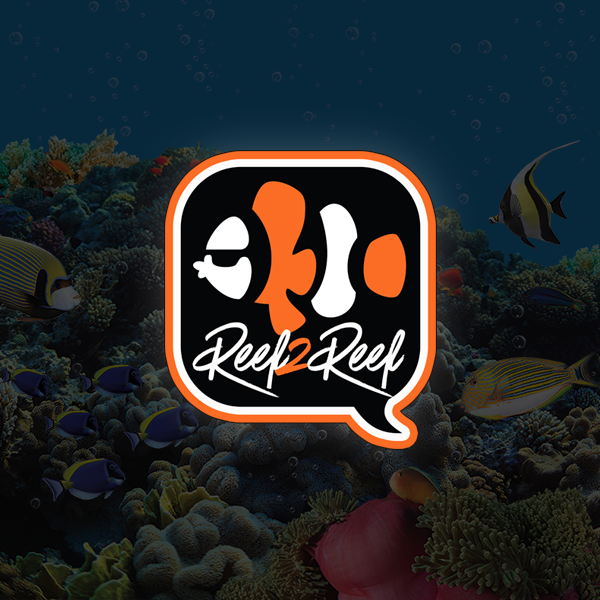- Joined
- Apr 29, 2021
- Messages
- 7,854
- Reaction score
- 7,656
- Review score
- +1 /0 /-0
- Location
- United States
These are not places that deal in individual public sales. They sell quantity to LFS shops. Their light configuration is for optimal growth and minimal algae issues. Yes some corals pop more under different lighting but that's now why big vendors use the minimal white spectrum.Most likely to make the coral colors pop more and thus more enticing to the buyer






















